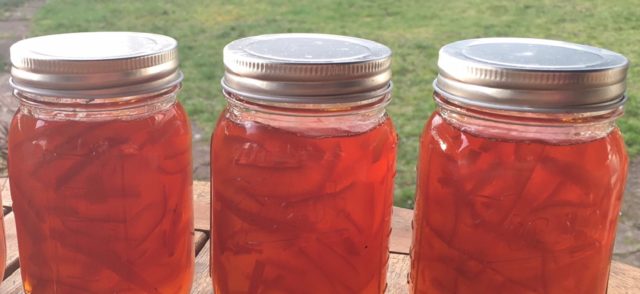- One Kg of Seville oranges. Seville oranges are the key ingredient for this delicious, tangy marmalade, they are in season from Jan to the end of Feb.
- 2.5 liters of Water
- One 6ltr Stainless steel pot, large enough to handle the rising boil towards the end of cooking.
- One Jam/Marmalade thermometer.
- 5 Jars for potting 400ml. Please try and get new ones, not old recycled jars with misfit lids and smelling of the previous occupants like garam masala or haldi.
- 1.8 kg of Sugar. I know it sounds a lot but these oranges are so bitter, not much juice but they are full of pectin which is essential for marmalade making, hence the sugar counterbalances it and also preserves it. A sheet of muslin cloth and a strong clean cooking string to tie the cloth with.
|
